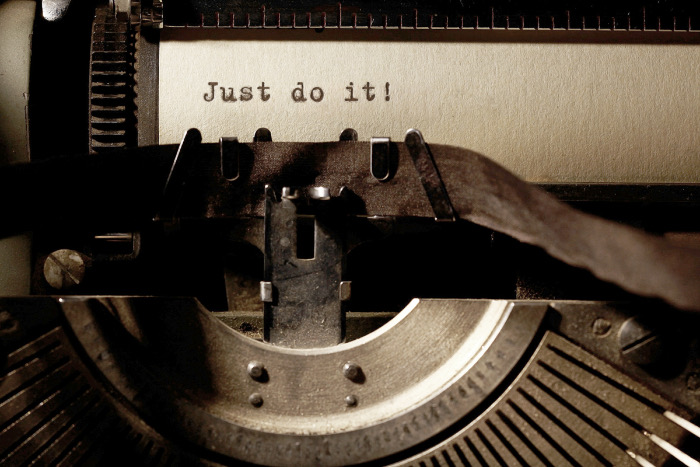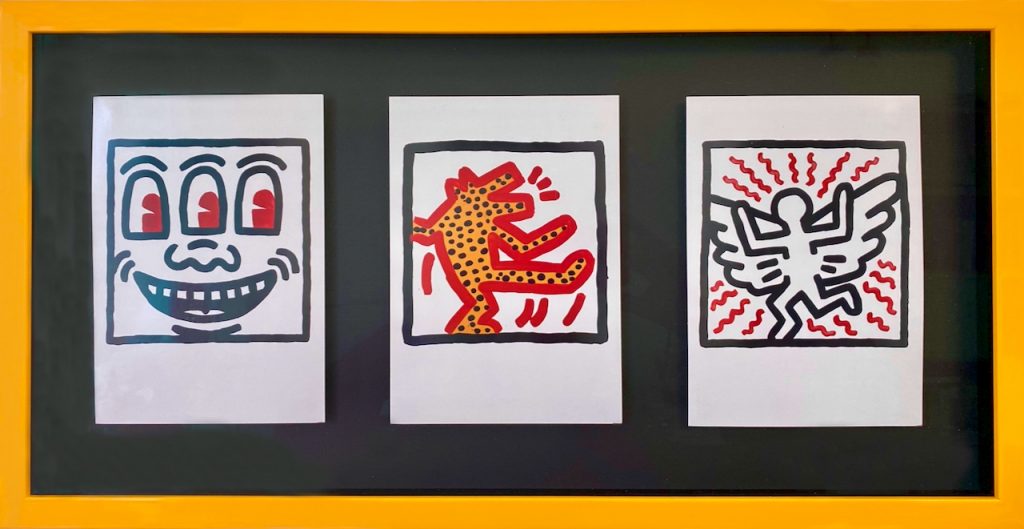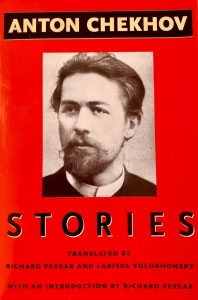
I should probably have started my book writing log with this post, but hey, better late than never! This post is about creating a project plan for writing a non-fiction book.
At Microsoft, I used to manage large global projects, and I always used a project plan. So, when I wanted to write my first non-fiction book, my first step was to figure out what I needed to do by when.
I spent quite some time on this. Managing large projects has taught me that careful planning is essential. It’s well-invested time. Later on, when you have a lot to do, and life starts whirling around you at lightspeed (as it will do), you’ll be thankful that you don’t have to think about what’s next. You’ve done all thinking in the planning phase, so you can just have a look at your plan and go do the next tasks. Easy.
How to Create a Project Plan for Writing a Non-Fiction Book
I used these two books: Robin Colucci, How to Write a Book That Sells You and Tucker Max & Zach Obront, The Book In A Box Method; they complement each other well.
Robin Colucci offers a checklist on her website, and I used that as my foundation. It didn’t include the research part, even though she talks about gathering your research etc., in the book. I’ve read a lot of books on writing non-fiction, and not one mentioned research at all.
I searched online, and Cal Newport’s article on how to build a research database was best in its simplicity. Read my earlier post about my research database; you can download my database template if you’re interested.
Anyway, I built on Colucci’s template, added the research part, more on editing, and created new sales and marketing sections. Her book didn’t look into that at all since she assumed you’d want a publisher. I’m not sure which way I’ll go, so I’ve added those sections but didn’t go into great details. At this point, I’m focused on writing the book, not dreaming about sales. There’ll be time for time once I start editing.
I’m still wrestling with the research part. I feel it should come before outlining the book because, although I’m clear on what I want to include in the book, changes may be needed once I’ve read the research books. I’ll update the template once I’ve been through the process and learn more.
Here’s my template. With a column for Comments, of course. Feel free to use it. And do let me know if you have any questions or feedback!
Related Posts
- How to Write a Book
- How to Do Research for a Non-Fiction Book
- Progress Report. Or Lack Thereof
- How to Build a Research Database for a Non-Fiction Book
- How To Handle Creative Blocks & Avoid Distraction
If you liked this post, share it on your preferred social network or forward it to a friend.










